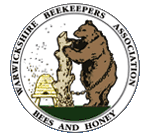Welcome to the Nuneaton & Atherstone Beekeeper’s Association.

The Nuneaton & Atherstone Beekeeper’s Association (NABKA) was formed in 1932 and is one of the eight branches of the Warwickshire Beekeeper’s Association, which in turn is affiliated to the British Beekeeper’s Association (founded in 1874).
The NABKA currently has about 60 members based around the Tamworth, Atherstone and Nuneaton areas.
The NABKA provides a year long programme of education for the craft of beekeeping.
If you want to get in touch with us our Contact Us form is at the bottom of this page.
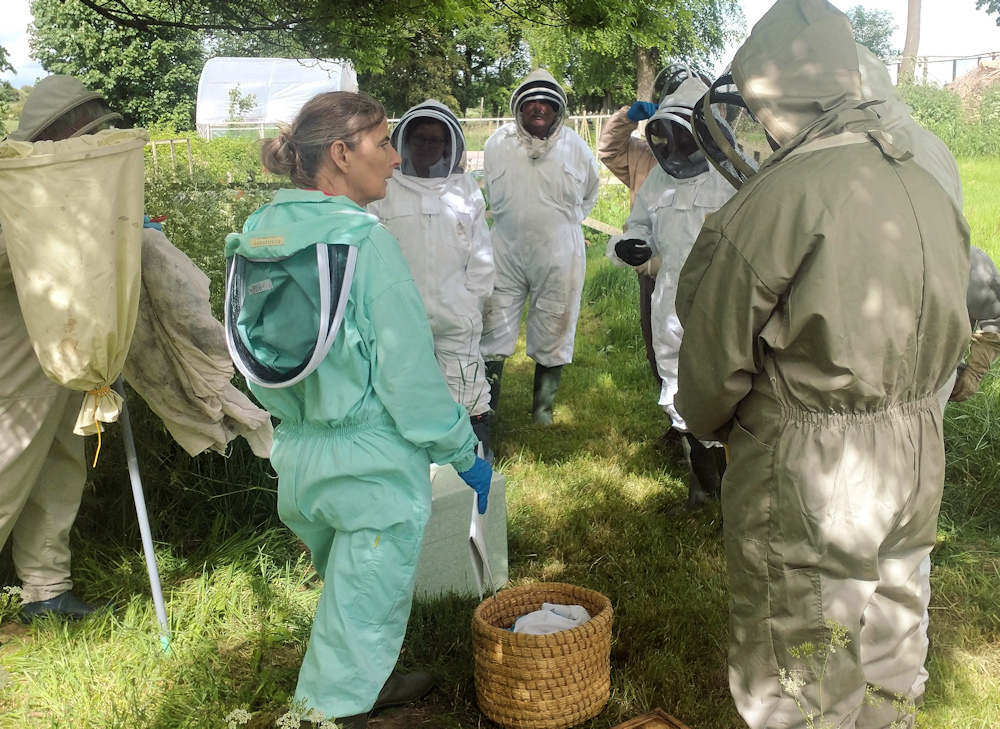
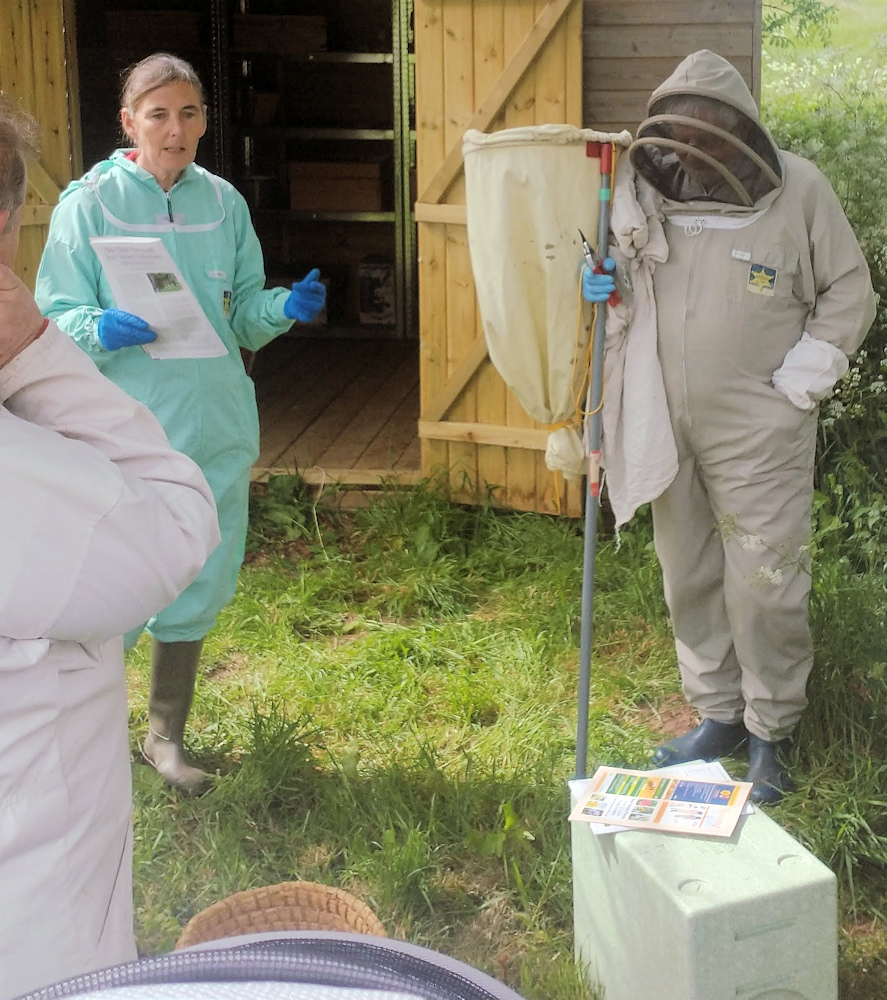
In the winter period (October to April) lectures and social meetings are held on the first Tuesday of the month starting at 7.30pm. These are friendly events where knowledge and experiences are gladly shared.
Venue: Hatters Space Community Centre, Nuneaton, Upper Abbey St, Nuneaton CV11 5DN.
During the summer, our teaching apiary at King’s Lodge is open fortnightly, on Sunday afternoons (2pm), to members and prospective beekeepers for advice, education and gaining practical experience in managing hives and handling bees.
Venue: YWAM The King’s Lodge, Watling St (A5), Nuneaton CV10 0TZ
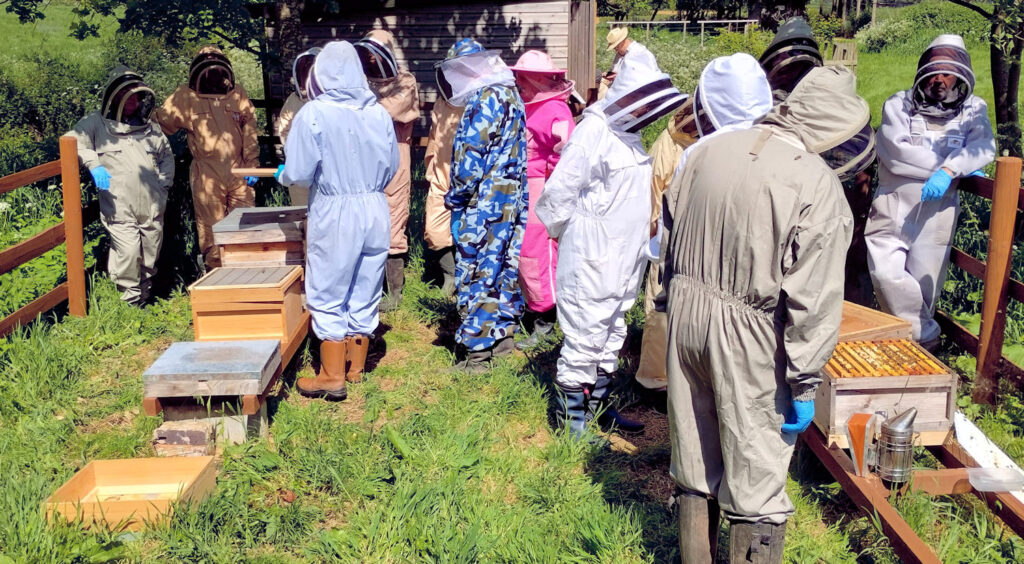
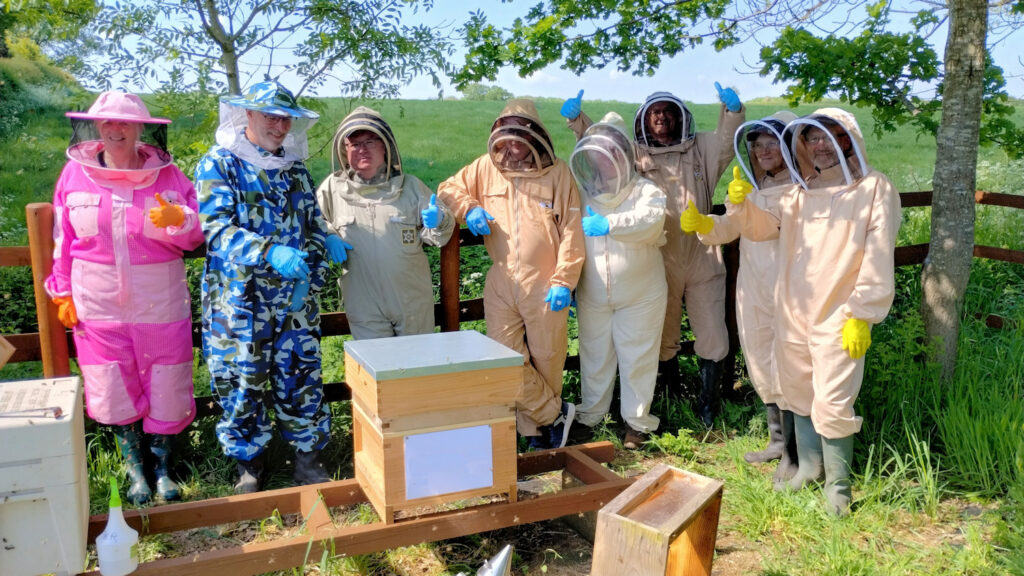
NABKA also has a queen rearing apiary at the Dobbies Garden Centre, Atherstone.

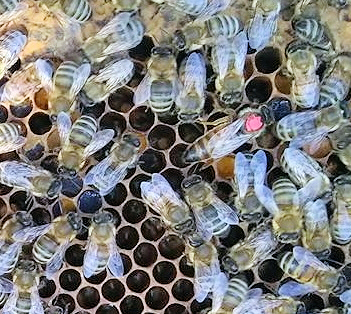
2023 Activities
Below are some pictures from activities at our Training Apiary during May 2023.


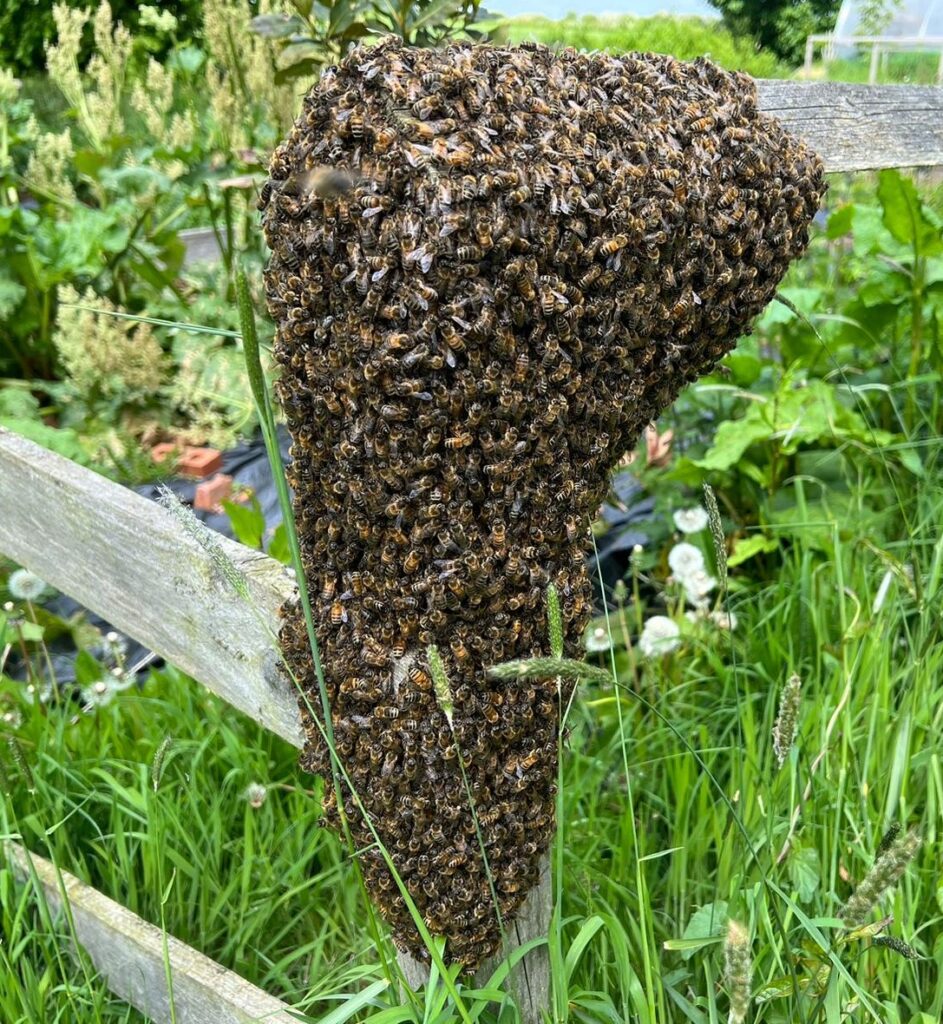
If you would like to know more about Nuneaton and Atherston Beekeepers please use the form below to contact us.
However if you are wanting to contact us regarding a honey bee swarm then it can take a few days for us to reply. You are therefore advised to go to the BBKA Website Swarms page where there is information on how to check if the bees are really honey bees and if so, how to find a local swarm collector.
If you do choose to use the form below to ask for help or advice with a possible honey bee swarm please provide the full address, including postcode, of where the swarm is. Please also provide as much information as you can regarding the swarm – when it arrived, how big is it, where exactly is it (for example ‘in a tree’ is not enough – we need to know exactly how high up in a tree), and are you sure that they are honey bees.
